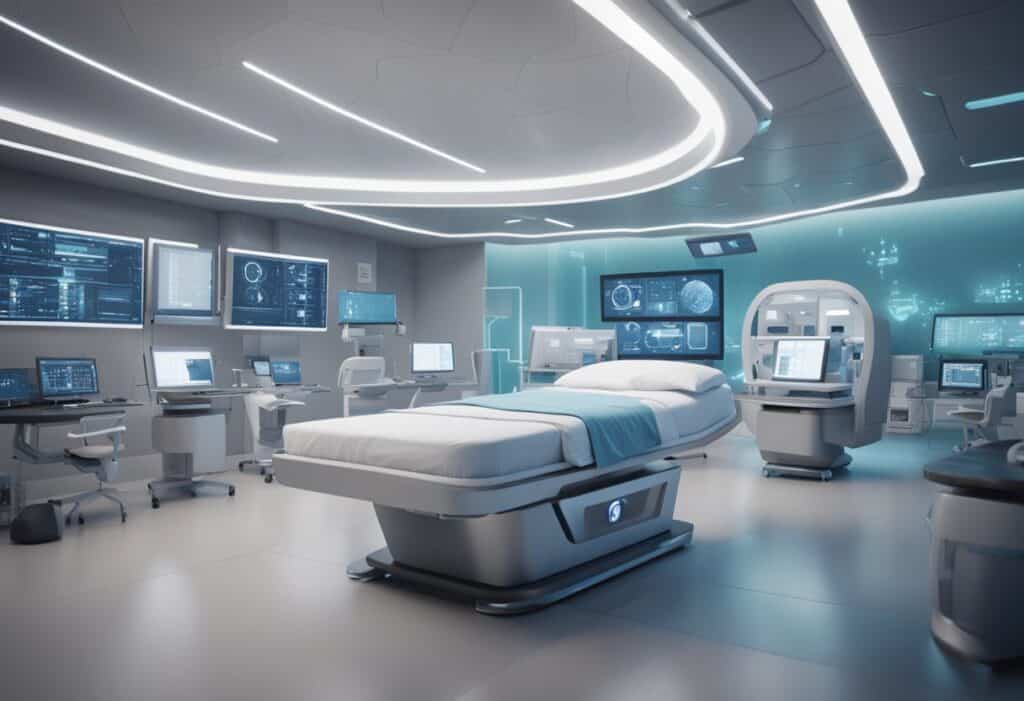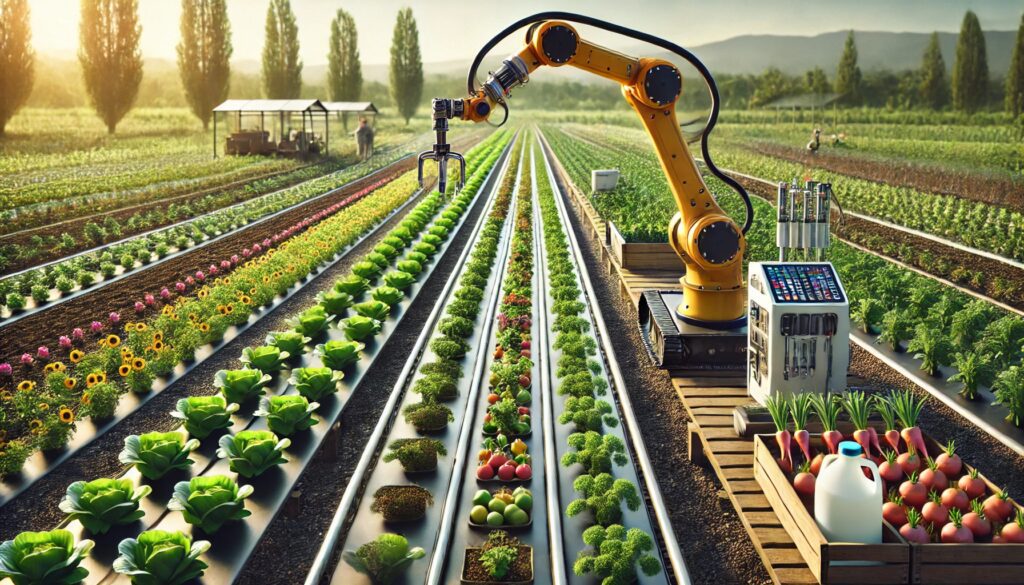
Ainos, Inc., headquartered in San Diego, California, is taking significant strides in the intersection of artificial intelligence and industrial automation with its innovative AI Nose technology. Originally developed for medical applications, the AI Nose has evolved over a decade of research and is now set to transform the landscape of smart manufacturing and factory automation. Here’s a deeper dive into how this technology works and its broader implications for the industry.
How AI Nose Works
The AI Nose leverages machine learning algorithms to analyze chemical compounds in the air, particularly volatile organic compounds (VOCs). These compounds, often by-products of industrial processes, can be harmful to both human health and the environment. Traditional sensors might detect these compounds, but the AI Nose goes a step further by providing a highly accurate, real-time analysis that can distinguish between different types of VOCs. It can identify 22 distinct VOCs, making it an invaluable tool for contamination control and environmental monitoring.
This technology operates by mimicking the human sense of smell, where different chemical compounds trigger different sensor responses. These responses are then processed by the AI to identify the specific compound and assess its concentration levels. Such precise detection capabilities make the AI Nose a powerful tool in detecting leaks and preventing contamination in manufacturing processes.

Image credit: Ainos Inc.
Revolutionizing Safety and Operational Efficiency
Safety is a critical concern in manufacturing environments, where the accidental release of toxic chemicals can have catastrophic consequences. The AI Nose significantly enhances safety by offering real-time monitoring that can swiftly detect chemical leaks. For instance, it can identify leaks of photoresists used in semiconductor manufacturing, thereby reducing the risk of product contamination and increasing yield.
Moreover, the AI Nose contributes to fire prevention by detecting early signs of overheating in equipment, which can be caused by faulty wiring or other electrical issues. By identifying these problems before they escalate, the AI Nose helps to avert potential fires, ensuring a safer workplace.
Integration with Smart Factory Robotics
One of the most exciting developments is the potential integration of the AI Nose with robotic systems in smart factories. Currently, robots used in manufacturing lack the ability to sense their environment in the same way humans do. They rely on visual and tactile sensors, but these can miss subtle environmental changes, such as the presence of hazardous gases. The AI Nose fills this gap by giving robots a “sense of smell,” enabling them to detect and respond to VOCs in real-time.
This integration could lead to more autonomous and intelligent robots that can perform complex tasks with minimal human intervention. For example, a robot equipped with the AI Nose could navigate through a factory, continuously monitoring air quality and adjusting its operations based on the data it collects. This could reduce the need for human workers to enter potentially dangerous areas, thus improving overall workplace safety.
Broader Implications for the Industry
The implications of the AI Nose extend beyond just safety and efficiency. As factories become more digitally integrated, the data collected by AI Nose sensors can be used to optimize processes across the board. For instance, continuous monitoring of air quality can provide insights into equipment performance, helping to predict maintenance needs before a breakdown occurs. This kind of predictive maintenance can lead to significant cost savings and reduce downtime.
Furthermore, the AI Nose’s ability to accurately detect and identify different VOCs could also be leveraged for environmental compliance. Industries are under increasing pressure to reduce their environmental impact, and technologies like the AI Nose provide a way to monitor emissions in real-time, ensuring that factories stay within regulatory limits.
The Road Ahead
Looking to the future, Ainos is committed to further refining the AI Nose, with plans to enhance its accuracy by training it with more data from various industrial environments. This continuous improvement process will likely involve partnerships with other companies in the smart manufacturing sector, enabling Ainos to gather diverse data sets and apply them to different use cases.
The AI Nose’s potential to “digitize smell” could also open up new avenues in AI-driven diagnostics beyond manufacturing. For instance, similar technology could be adapted for use in healthcare, agriculture, or even consumer electronics, where the ability to detect and analyze odors could lead to innovative new products and services.
Conclusion
Ainos’ AI Nose is not just a technological innovation; it represents a paradigm shift in how we approach industrial safety and automation. By combining AI with advanced sensing capabilities, Ainos is setting new standards for what’s possible in smart manufacturing. As this technology continues to evolve, it will likely play a crucial role in shaping the factories of the future, making them safer, more efficient, and more responsive to the challenges of modern industry.
For more detailed information and ongoing updates, you can explore the resources provided by Ainos and other tech news outlets.
Hyperlinks:





